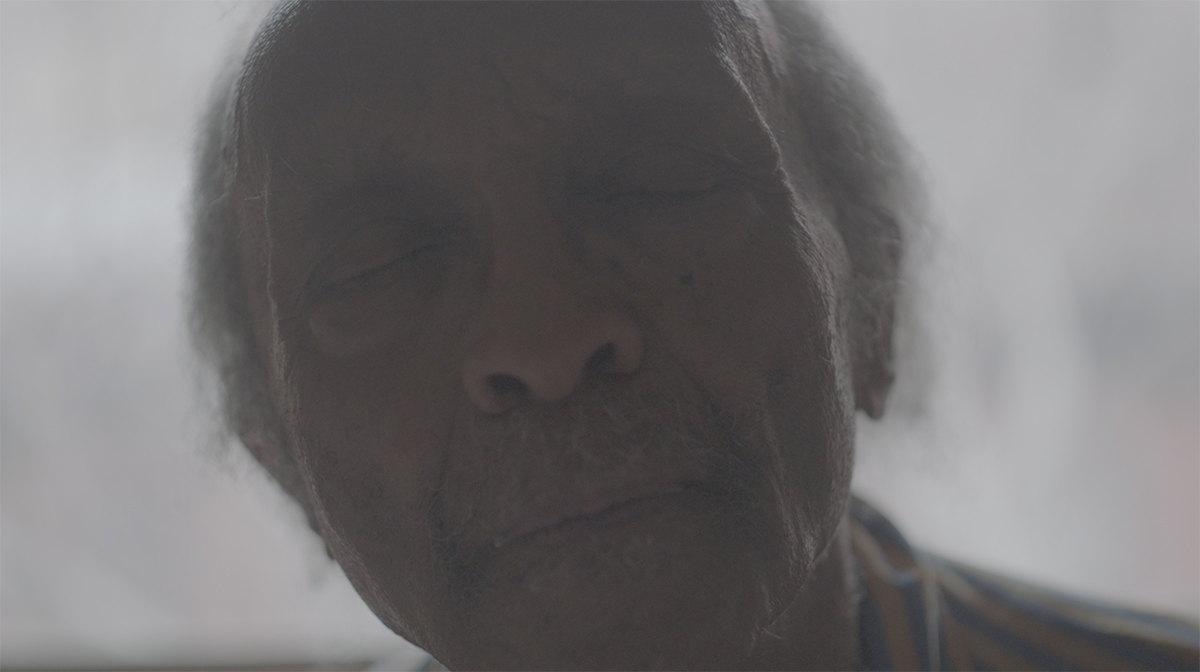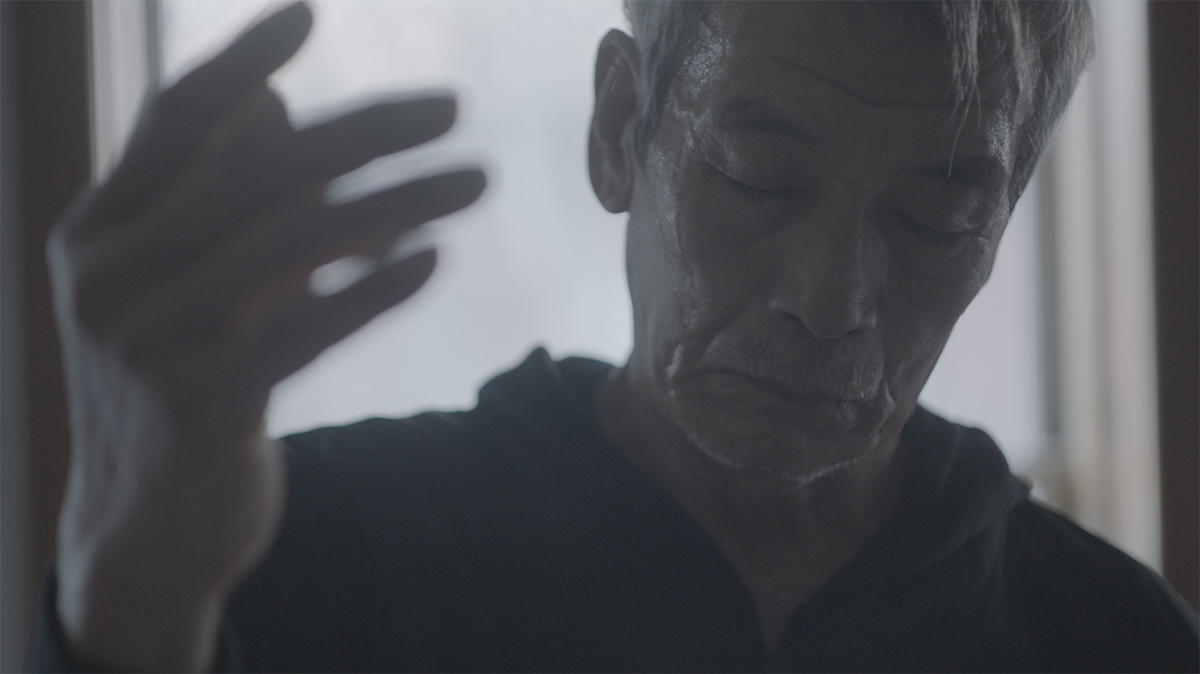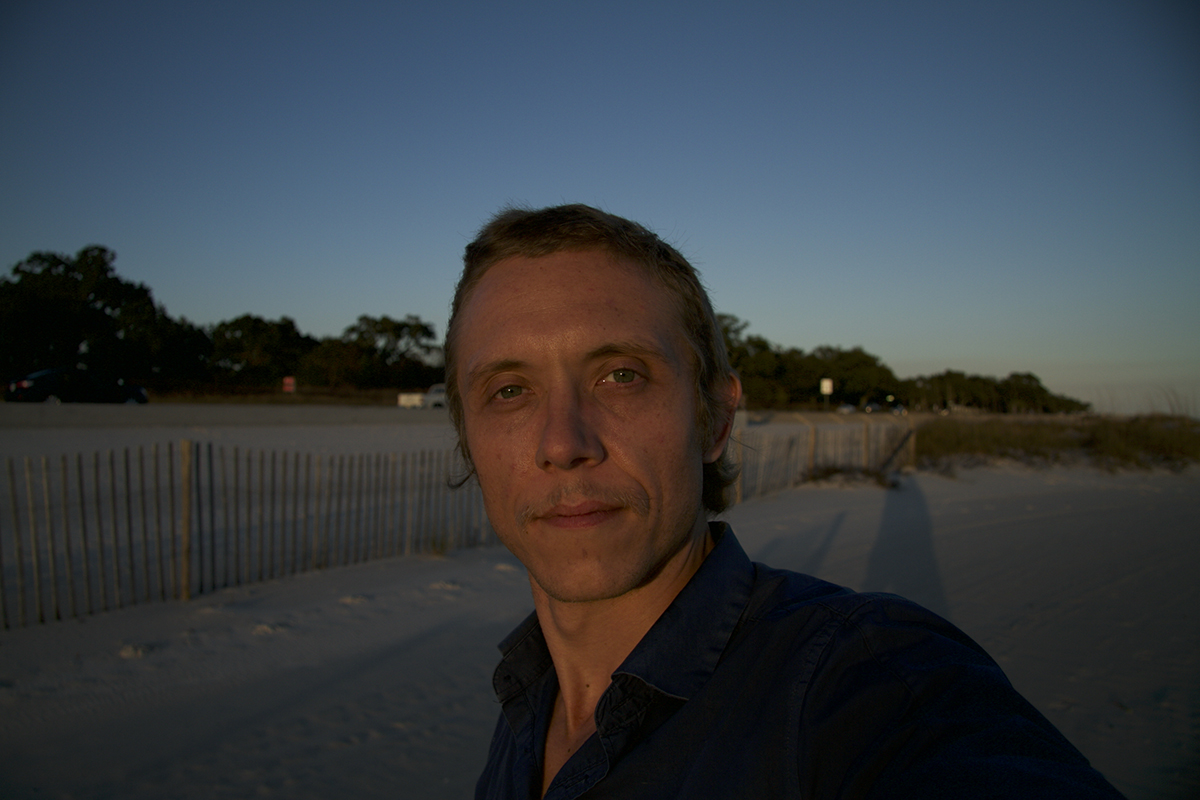
The Silent Eye: Astral vision
At its most transformative, the camera has the capacity to shape both time and space, preserving a simulacrum of life that will eventually supplant the real with the dream. “The eye,” avant-garde jazz musician Cecil Taylor warbles midway through a performance caught in The Silent Eye, is “the indivisible subterranean matrix.” The new work from filmmaker Amiel Courtin-Wilson is all about that lucid eye, the spectral death dance that cinema orchestrates between the physical and the spiritual.
Filmed across three days in early 2016, The Silent Eye captures the legendary pianist and poet Taylor, 88, and Japanese Butoh performer Min Tanaka, 72, friends and artistic kindred collaborating free form in the former’s Fort Greene brownstone. Loosely demarcated into several improvised tracks and a spoken word interlude, it’s an ostensibly casual performance piece that comes to resemble less an informal session between two old pals than the communion of slippery entities on astral terrain.
The performance takes on a familiar rhythm: Taylor, expressively freestyling at his careworn piano while Tanaka responds in movement, weaving and contorting to the sounds, face fixed in motion rapture. It’s a game of tag in which Tanaka is alternately the jazzman’s cosmic marionette and his playful tease, each inviting the other into guessing the form the other will take. Taylor might grin as he maniacally pounds the keys, watching Tanaka bob like a demented meerkat, or ease back into reflective pause, drawing out the Butoh artist’s paradoxical capacity for stillness and grace.

Min Tanaka, The Silent Eye, Amiel Courtin Wilson
Courtin-Wilson’s gift for capturing the tension between the corporeal and the spiritual — honed across films like Hail (2011) and especially the woozy, somnambulist Ruin (2013) — is in full flight here, alchemising Taylor’s Brooklyn residence and ascribing an otherworldly aspect to these physically ageing men. Viewed in abstract silhouette, Tanaka throws celestial shapes; with his out-of-focus form; he might be stepping down the gangway of the alien mothership from Close Encounters of the Third Kind.
Though the film never leaves Taylor’s apartment, the space feels unbounded by walls. Director of photography Germain McMicking works with the natural winter light to suggest parallel dimensions bleeding into each other, the handheld camera pushing into corners of the apartment only to find untethered pockets of nothing, like a video game avatar gone off grid. At one point he stays transfixed on the tiny splinters in a double-glazed window, and the cracks form a circular portal to the sun that beckons us to head toward the light. Elsewhere, the camera catches glimpses of the pictures on Taylor’s wall, which serve as a kind of shrine to other ethereal spirits: Billie Holiday, Michael Jackson, Eartha Kitt, smiling in collusion from the other side. The tableau also conjures the spectres of history: faded portraits of long-gone jazzmen, a lithograph of a native American leader, and the weight of 20th century Japanese tumult on the lines in Tanaka’s face and gestures.
Shooting digitally on a 2K ARRI Alexa Amira, McMicking and Courtin-Wilson’s camera has the effect of transforming the intimate into the infinite, where a brief image of the outside skyline somehow feels diminished in comparison to the dance that plays out inside. A macro-tight shot on Tanaka’s profile collects a single drop of falling sweat that forms a refracted diamond, while what sounds like a passing subway car — a ghost train, perhaps — rumbles offscreen, spirited to another realm.

Amiel Courtin-Wilson, photo courtesy the artist
The film’s non-performance breaks are almost primal. In a disorienting sequence, the frame goes tight on Tanaka’s hand swaying in some phantom breeze, while the feedback of disembodied chords swirls around it like an ancient volcano threatening eruption. These aural interludes come not from Taylor but sound designer Rosalind Hall, whose collages — strangled, discordant saxophone set to exaggerated heartbeats and ambient noise — loom like some studio applause track that’s just reached the Earth having been dispatched a hundred million years ago.
Courtin-Wilson has developed an ambivalent relationship to narrative, from the subjective immersion of Hail through the disorientating audio-visual passages of Ruin and his recent video art piece, Charles (2015). Indeed, The Silent Eye is born of the art world: the project was funded by the Robert D Bielecki Foundation and premiered at the Whitney Museum of American Art last year. Courtin-Wilson has called it an in-between work, anticipating what he’s described as a time travel sci-fi biopic of Taylor. The Silent Eye’s transformative power certainly bodes well for that project. Courtin-Wilson gets cinema as art’s temporal vessel, the craft that navigates dimensions and disrupts our learned cognition.
That sensation of moving through time and space extends to the players themselves, whose physical forms can barely contain the spirits shimmying to bust loose. In one of many extraordinary scenes, Min Tanaka’s head tilts back to the sky mid-film, and Cecil Taylor’s chords recede into the sounds of heavy, overdubbed breathing, as though the weight of the physical realm is finally about to be lifted. It’s followed by a cut to a simple shot — ever so brief — of an empty chair and piano. In that moment, it’s enough to believe that Cecil Taylor has ascended.
–
The Silent Eye, director, producer, editor Amiel Courtin-Wilson, line producer Kate Laurie, director of photography Germain McMicking, editor Alena Lodkina, sound designer Rosalind Hall; Antenna Documentary Film Festival, Museum of Contemporary Art, Sydney, 14 Oct
Top image credit: Cecil Taylor, The Silent Eye, Amiel Courtin Wilson






